Composting: Turn Your Kitchen Waste Into Garden "Gold"
Composting is a simple way to add nutrients to your lawn or garden to fuel plant growth and restore vitality to depleted soil. Learn how to compost properly in Dr. Sebi's How-To Guide to Composting.
- Start your compost pile on bare earth. This allows worms and other beneficial organisms to aerate the compost and be transported to your garden beds.
- Lay twigs or straw first, a few inches deep. This aids drainage and helps aerate the pile.
- Add compost materials in layers, alternating moist and dry. Moist ingredients are food scraps, tea bags, seaweed, etc. Dry materials are straw, leaves, sawdust pellets, and wood ashes. If you have wood ashes, sprinkle in thin layers, or they will clump together and be slow to break down.
- Keep compost moist. Water occasionally, or let the rain do the job.
- Cover with anything you have - wood, plastic sheeting, carpet scraps. Covering helps retain moisture and heat, two essentials for compost.
- Every few weeks give the pile a quick turn with a pitchfork or shovel. This aerates the pile. Oxygen is required for the process to work, and turning "adds" oxygen. You can skip this step if you have a ready supply of coarse material like straw.
- Once you've established your compost pile, add new materials by mixing them in, rather than by adding them in layers. Mixing, or turning, the compost pile is key to aerating the composting materials and speeding the process to completion.








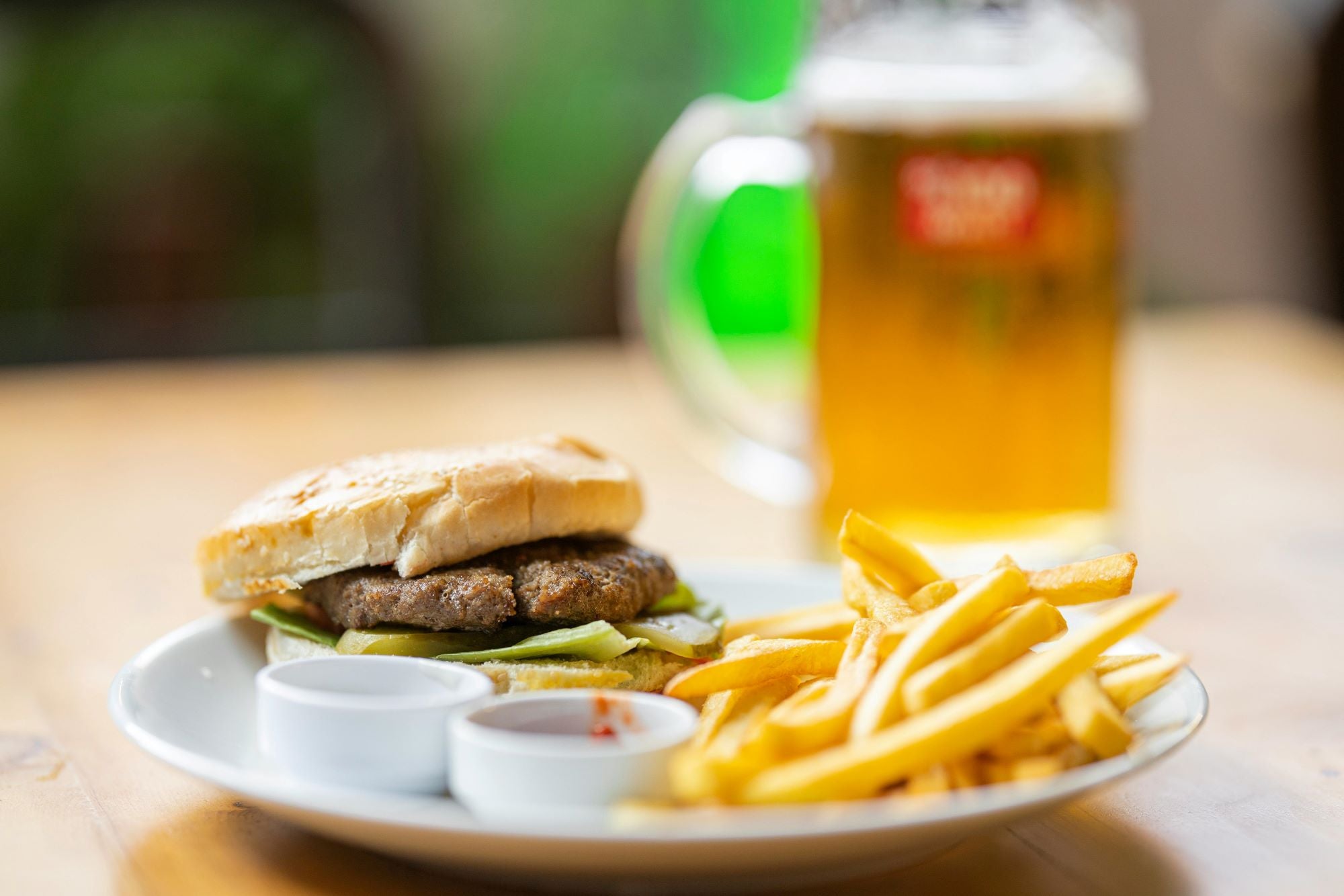
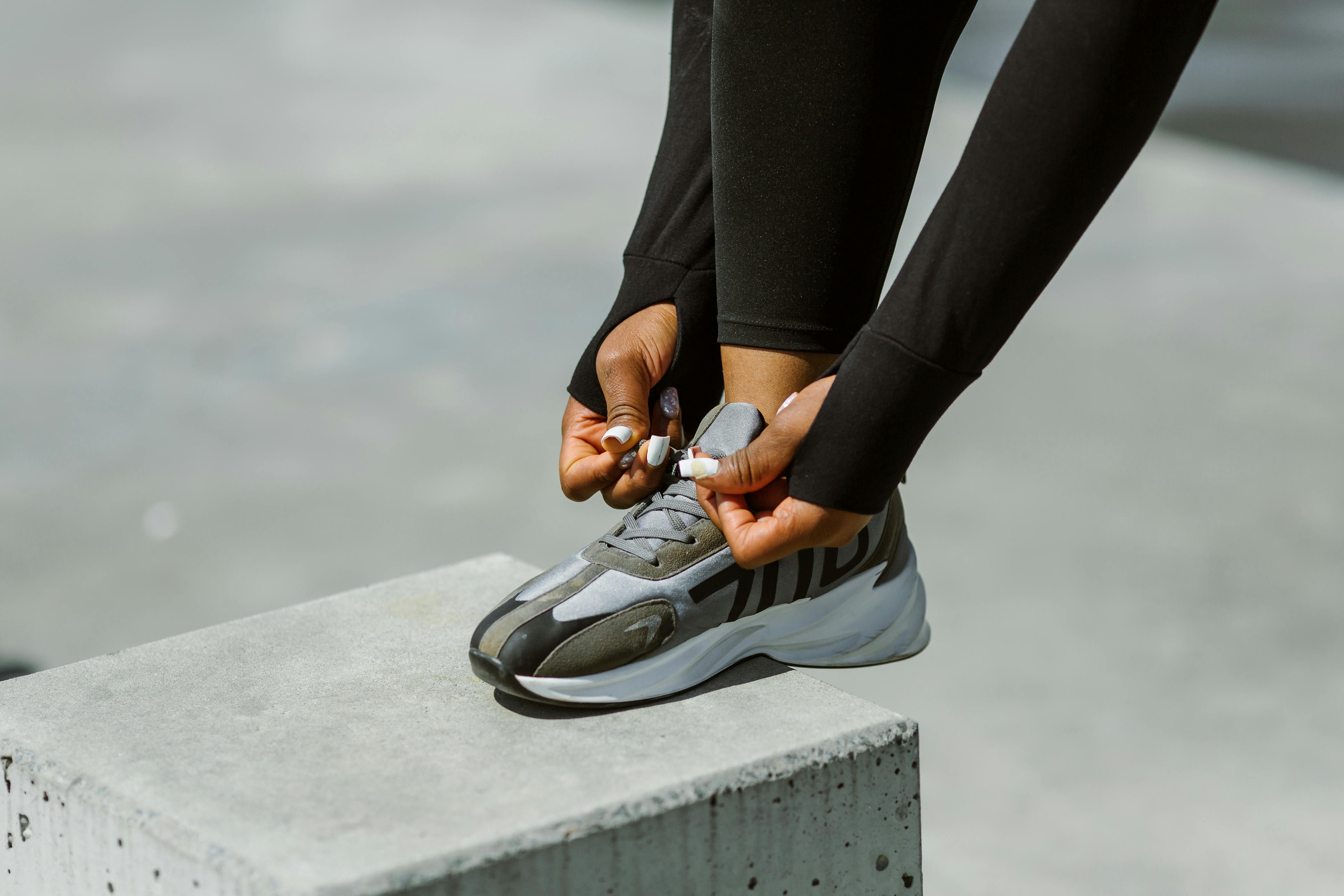


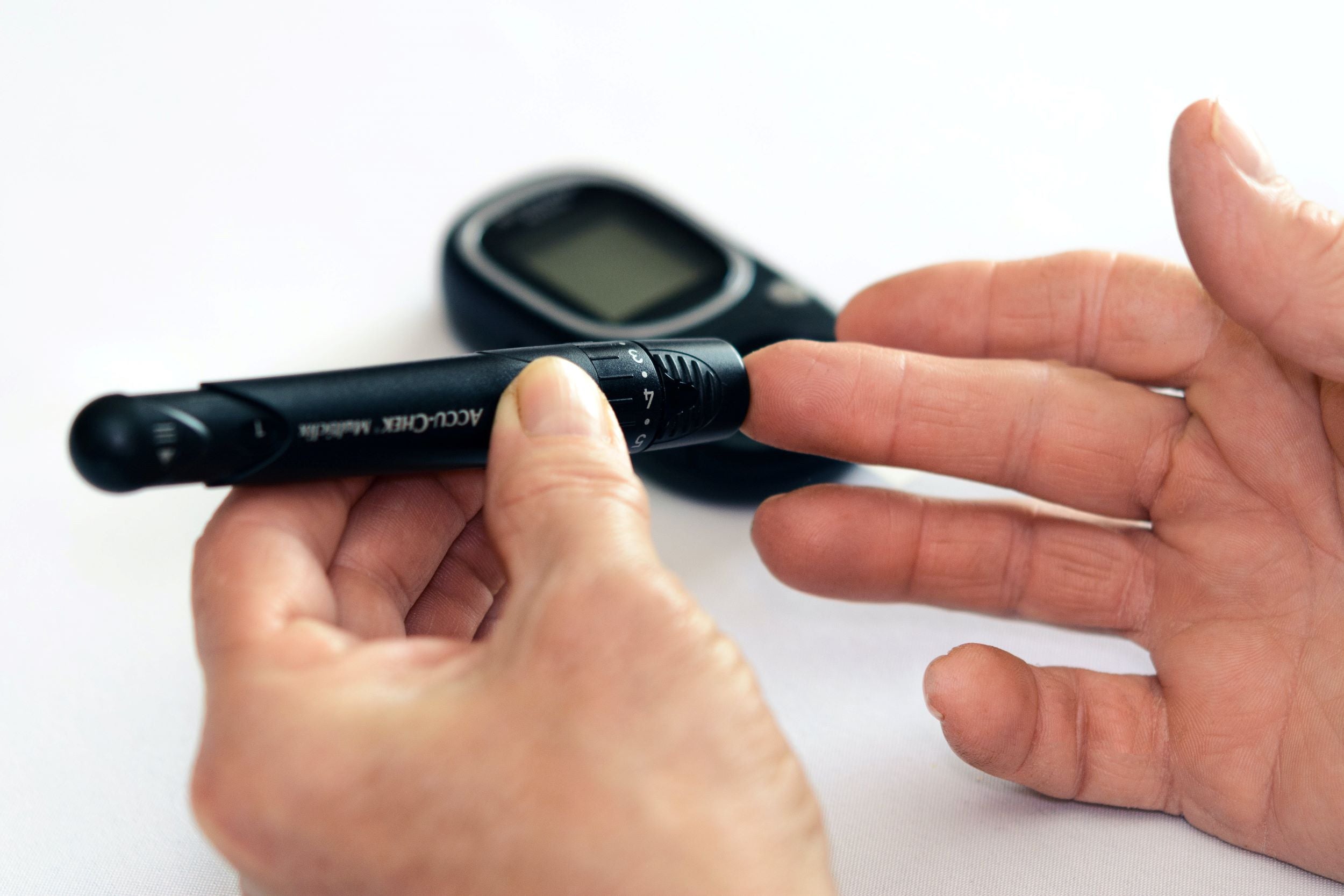
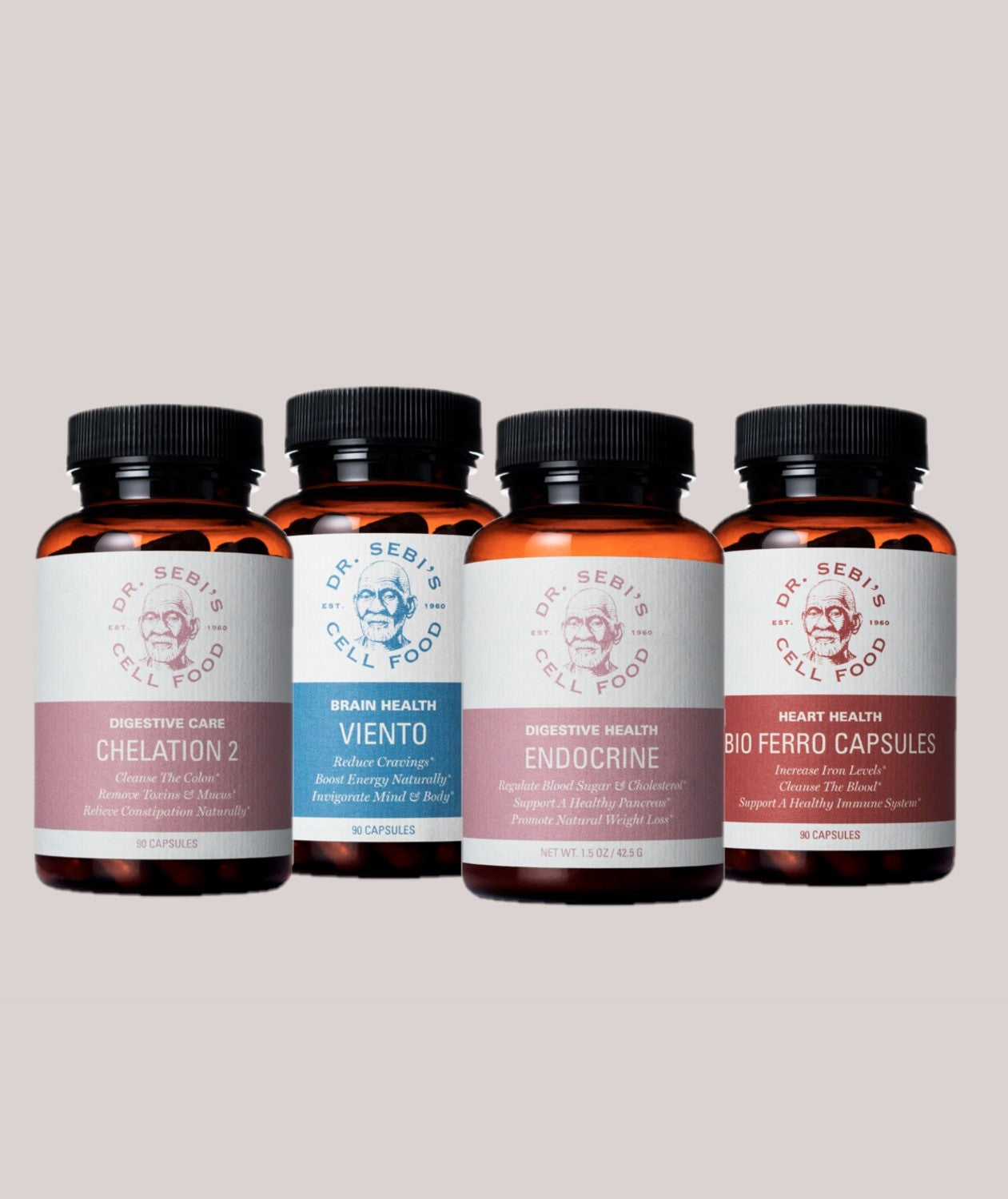








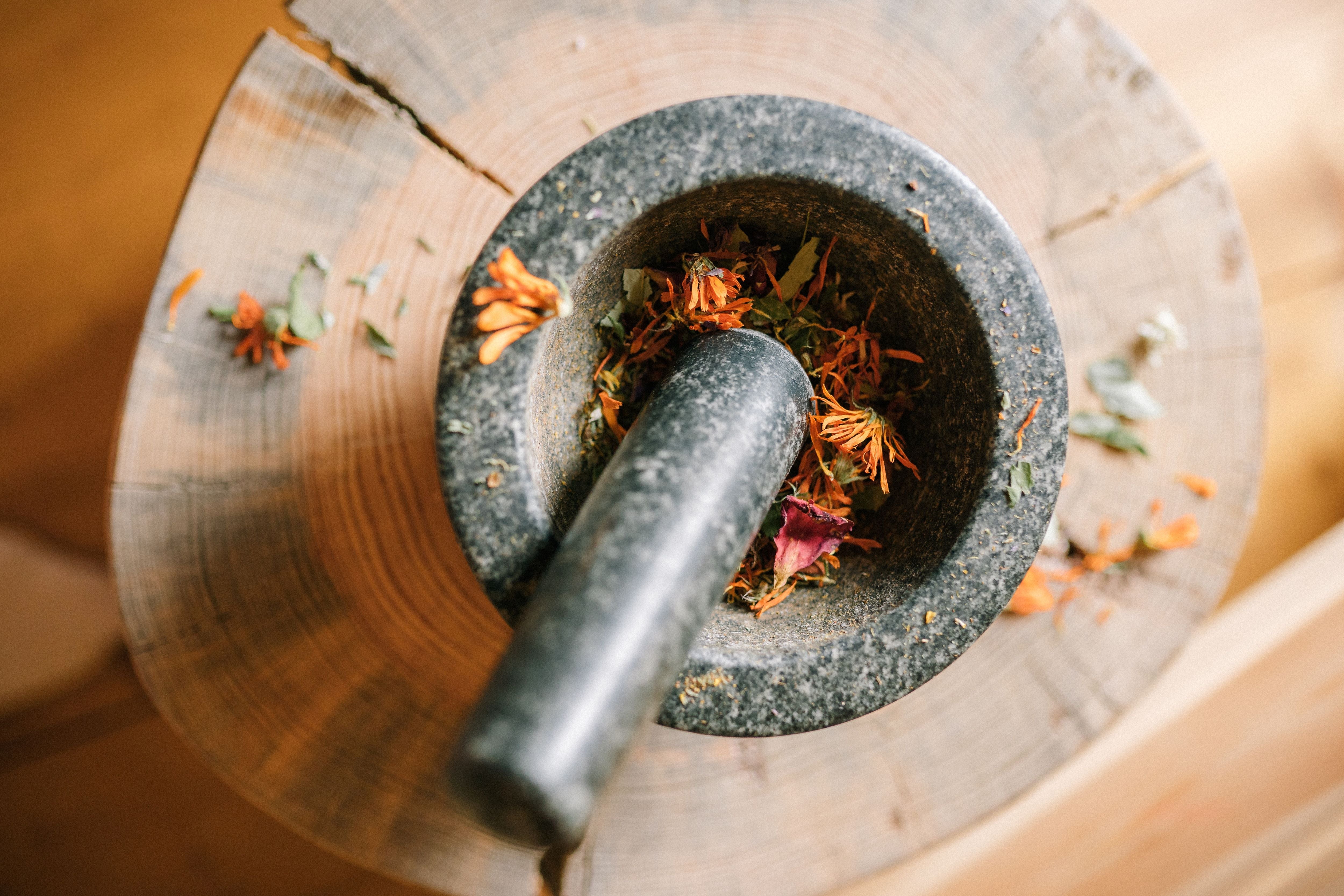



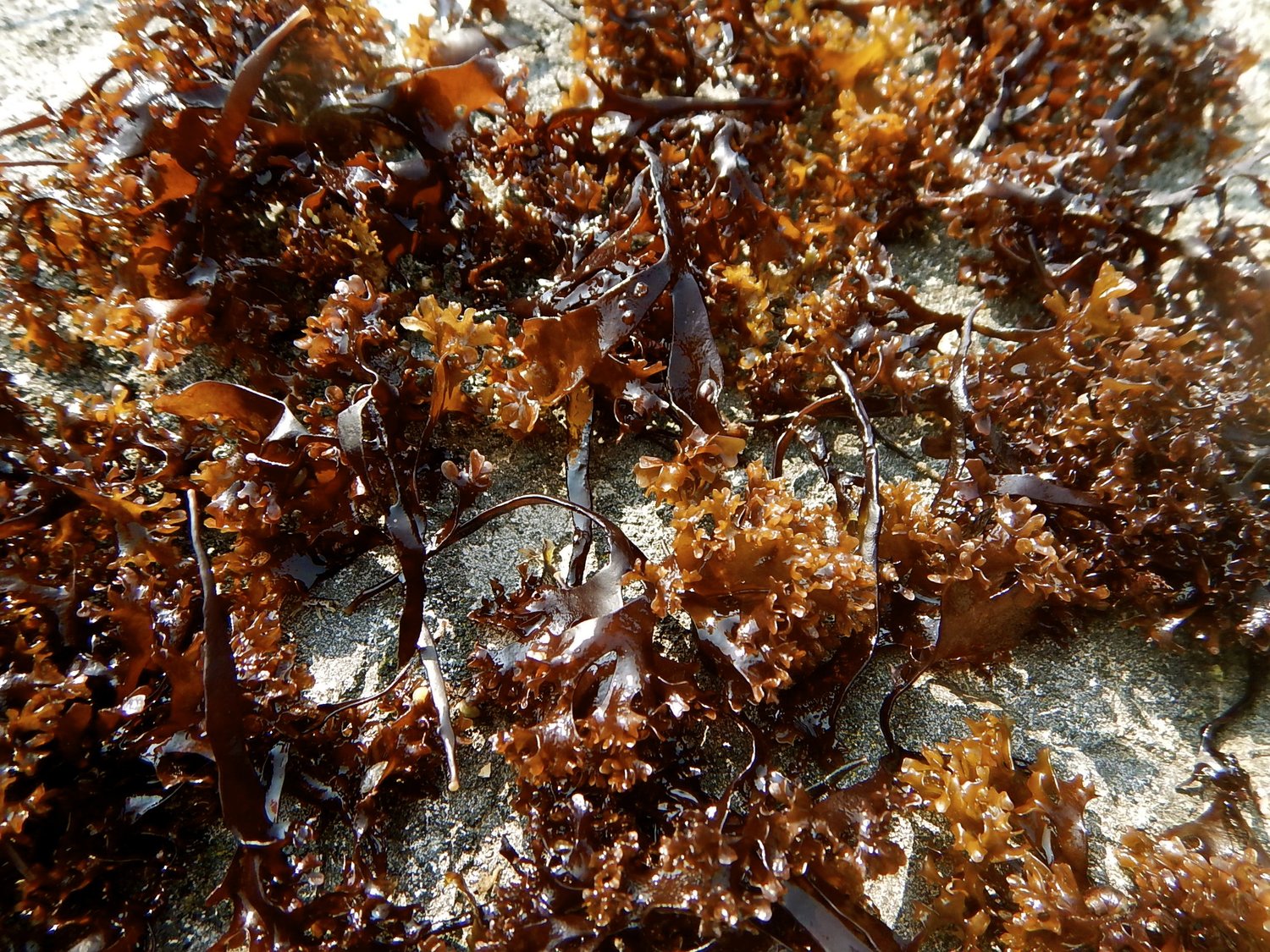


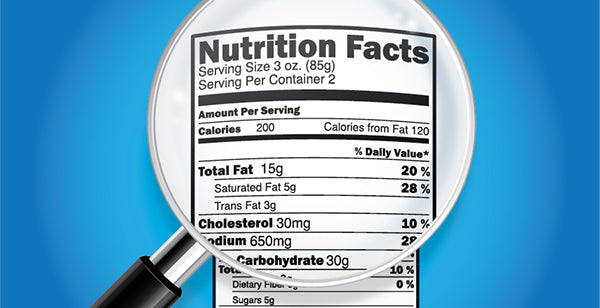
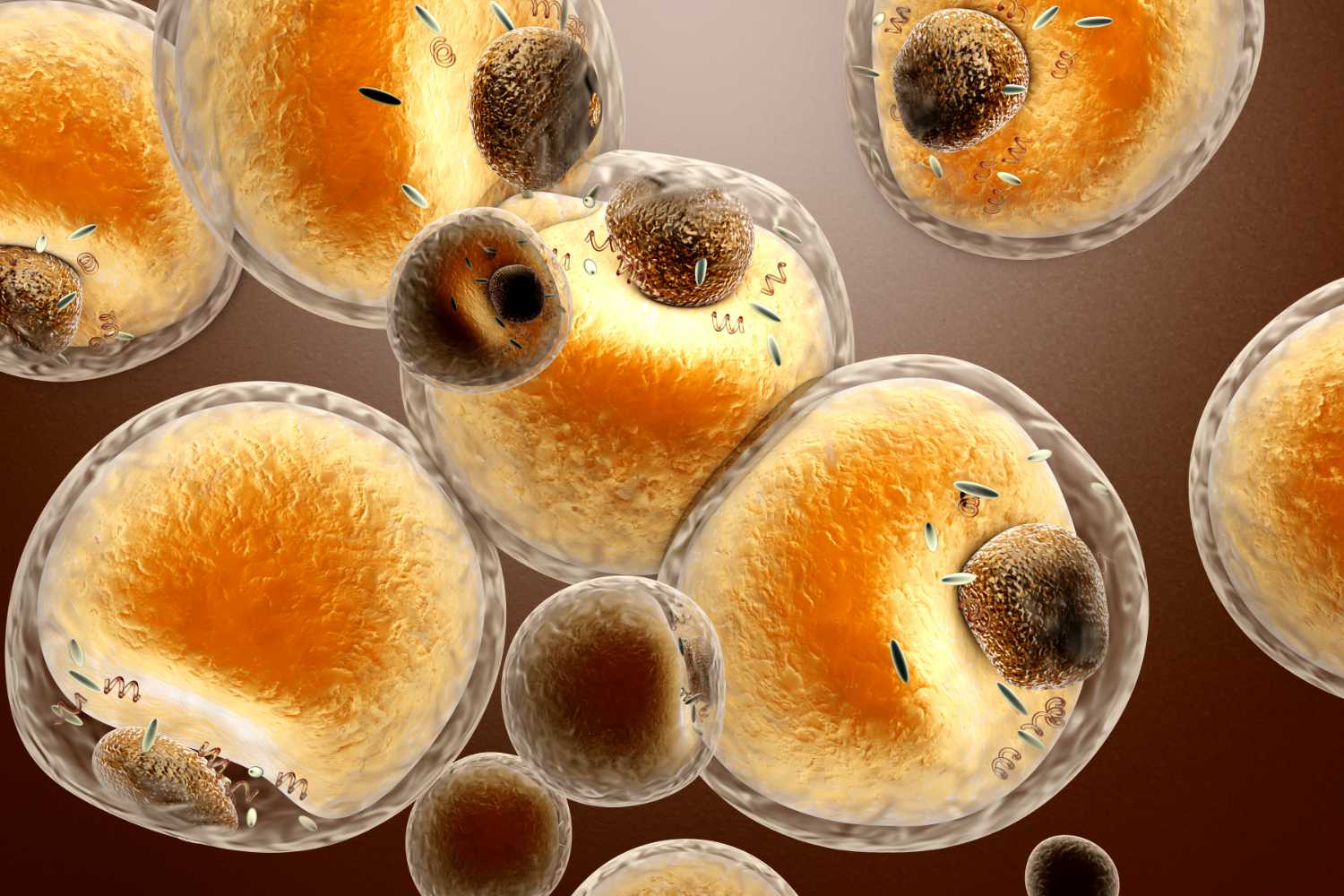
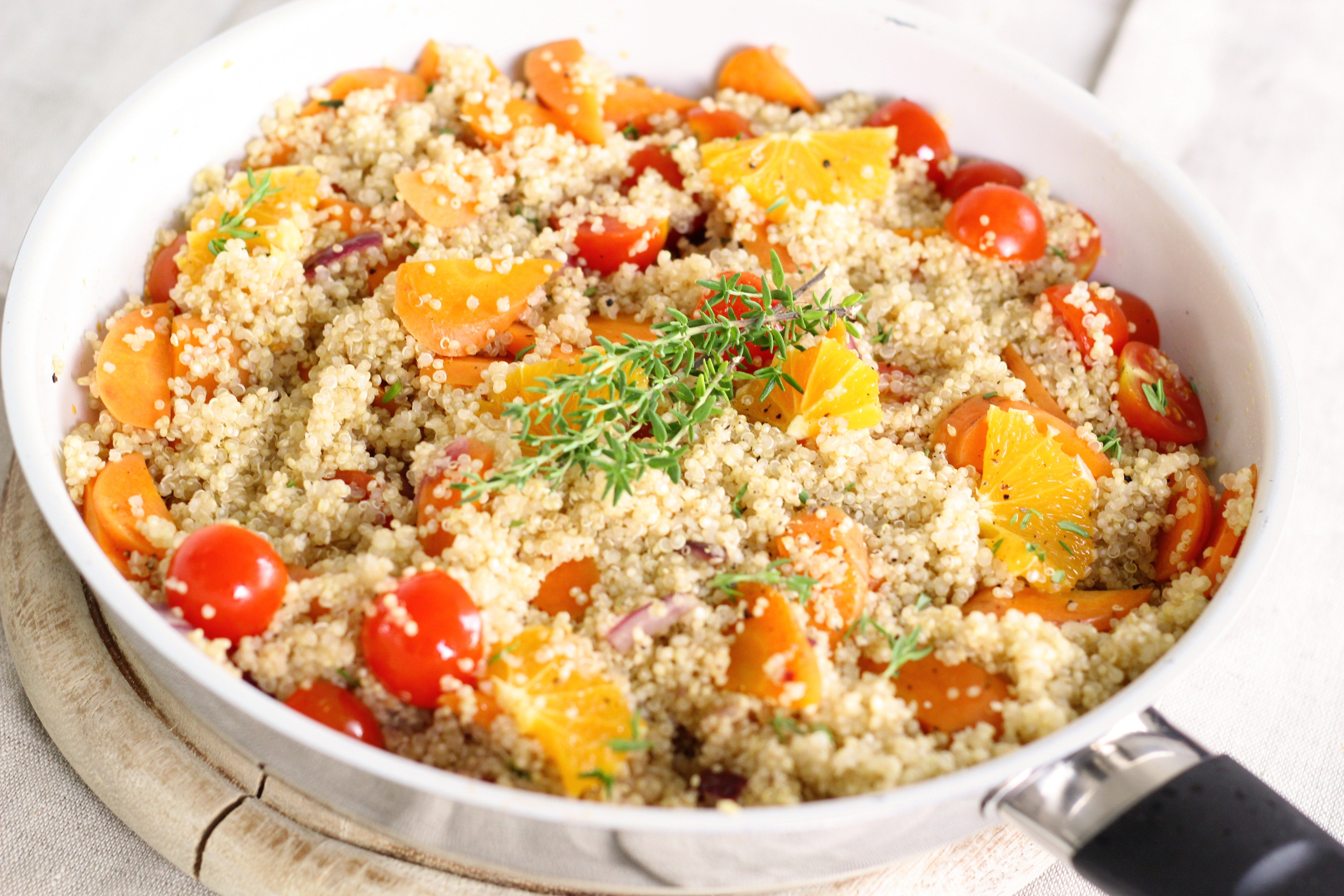
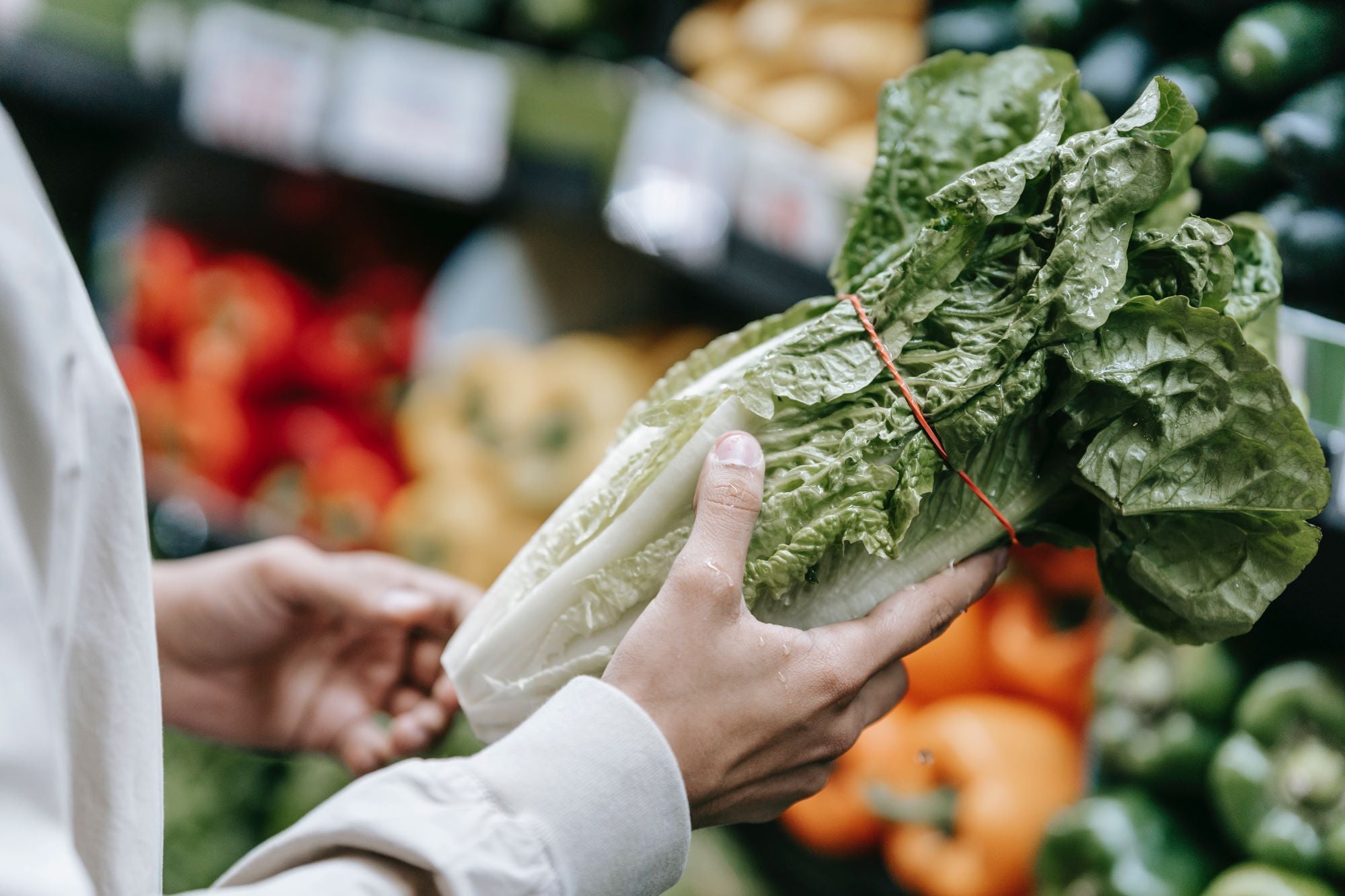
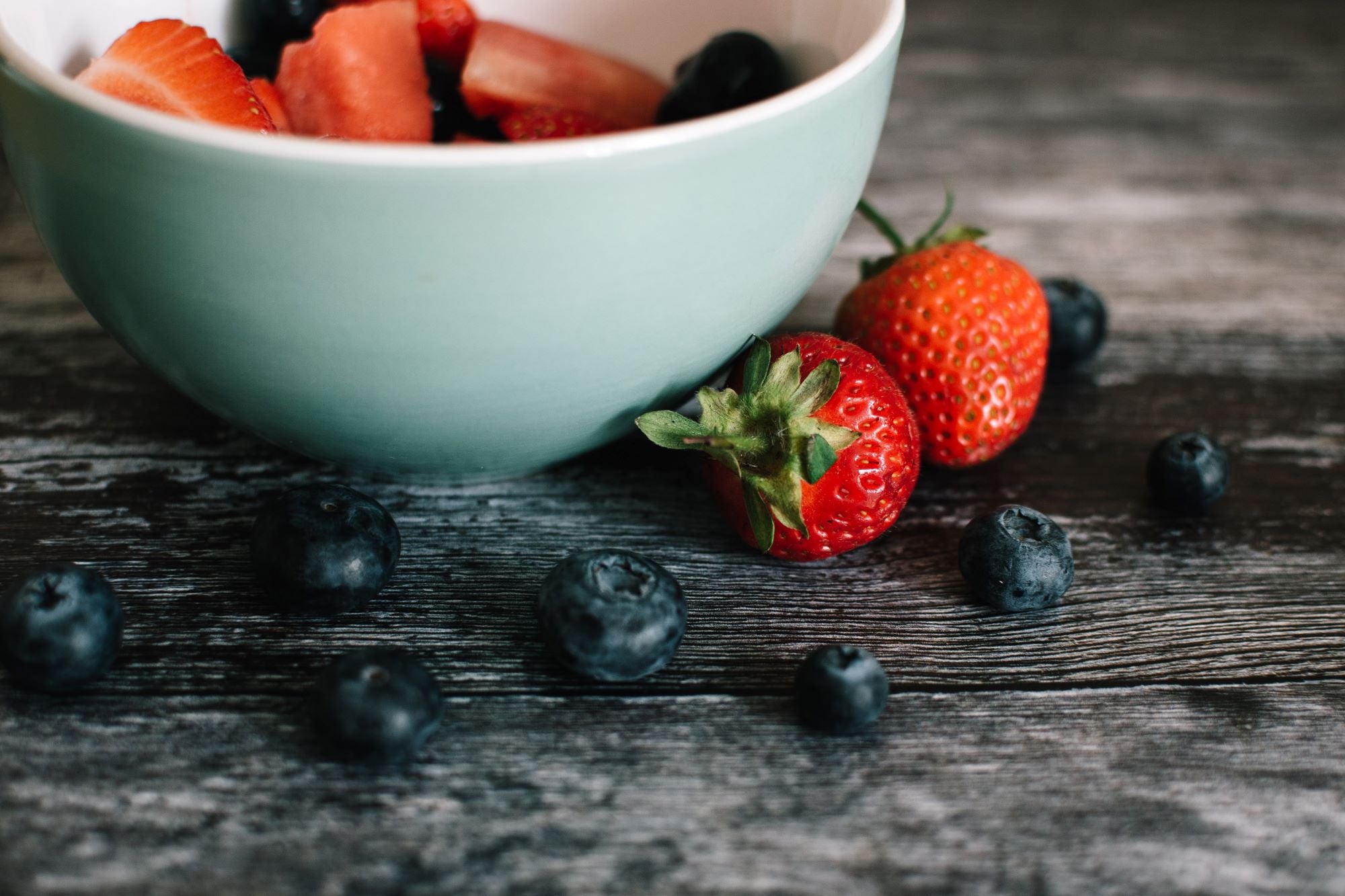

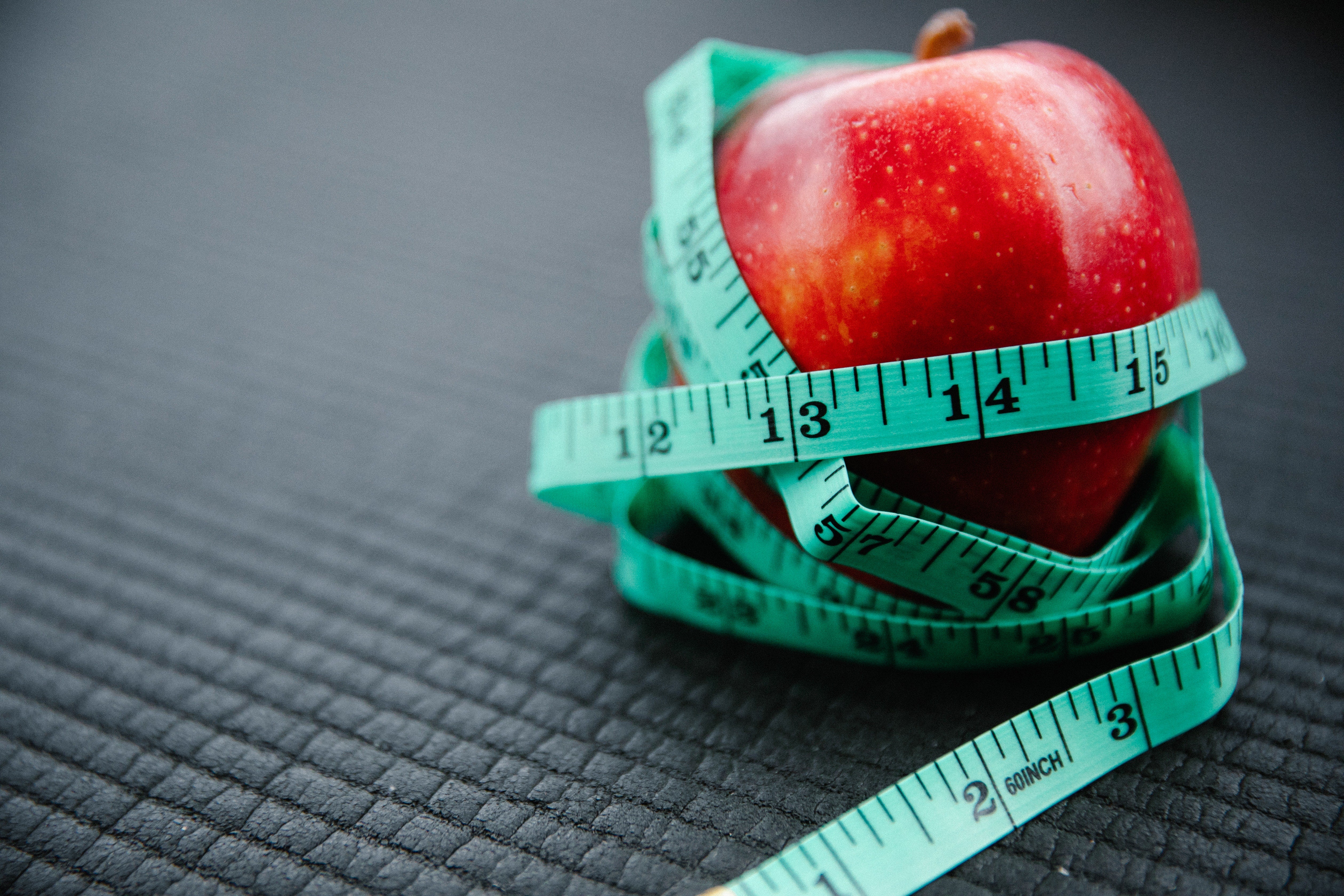
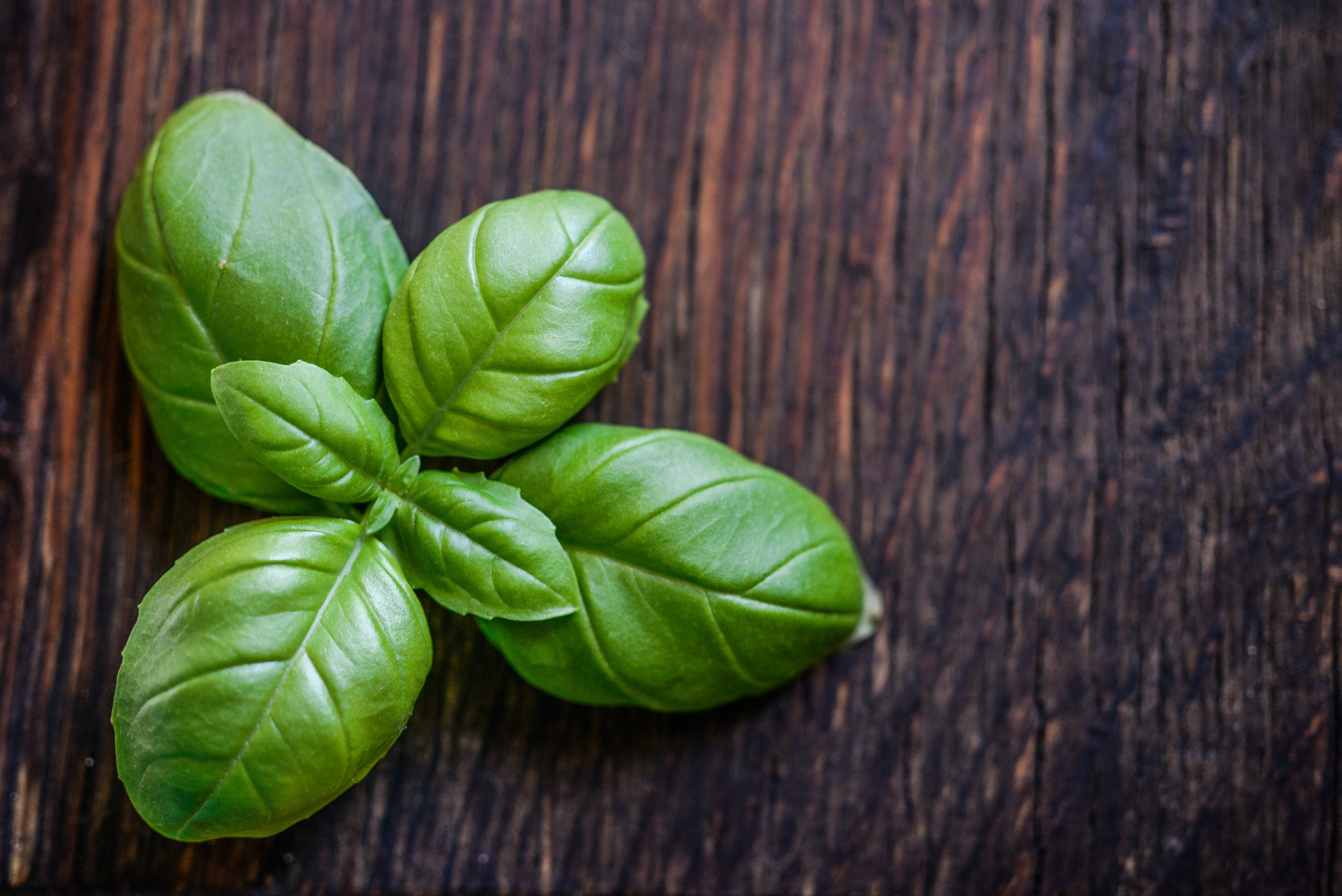



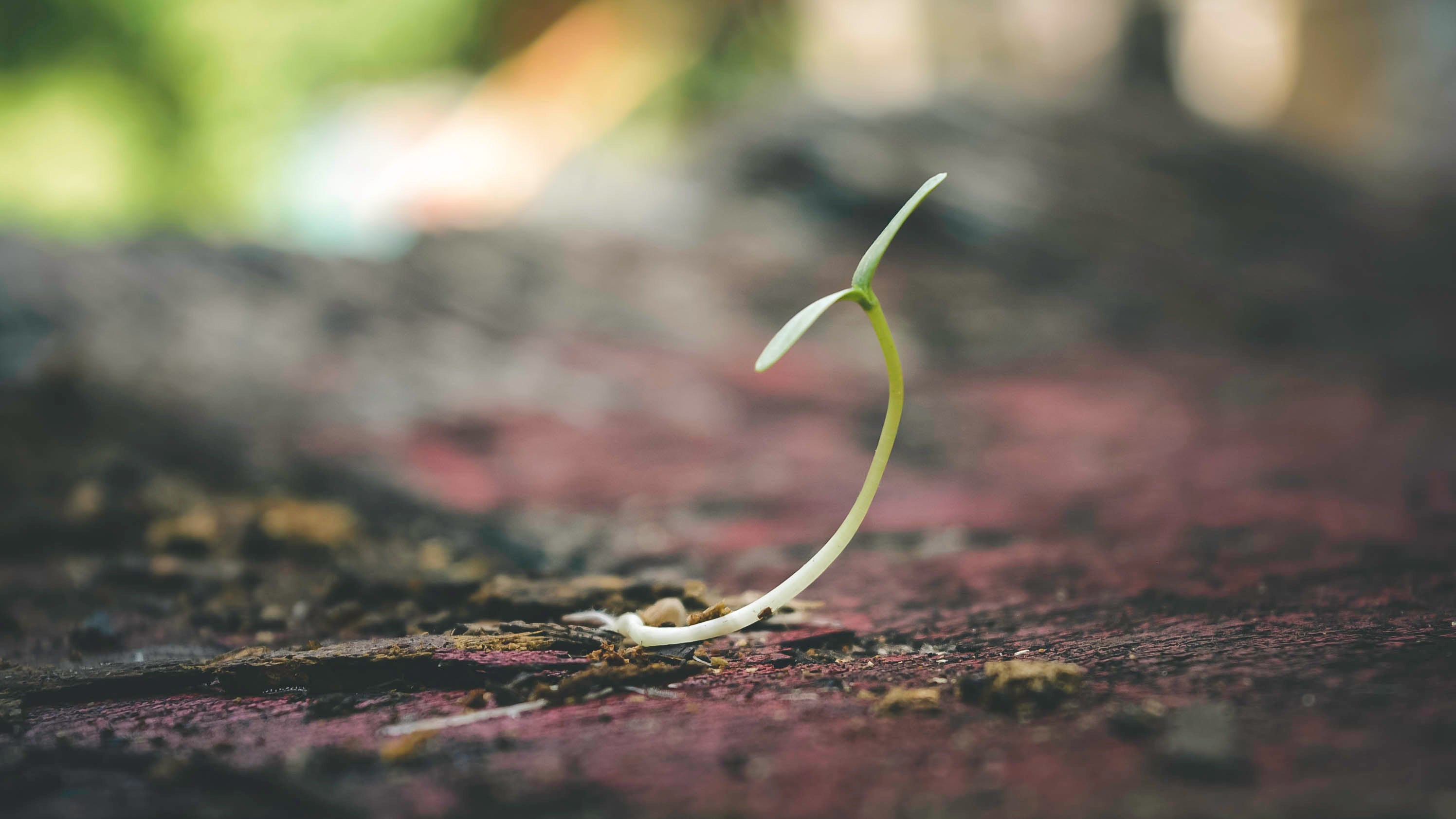


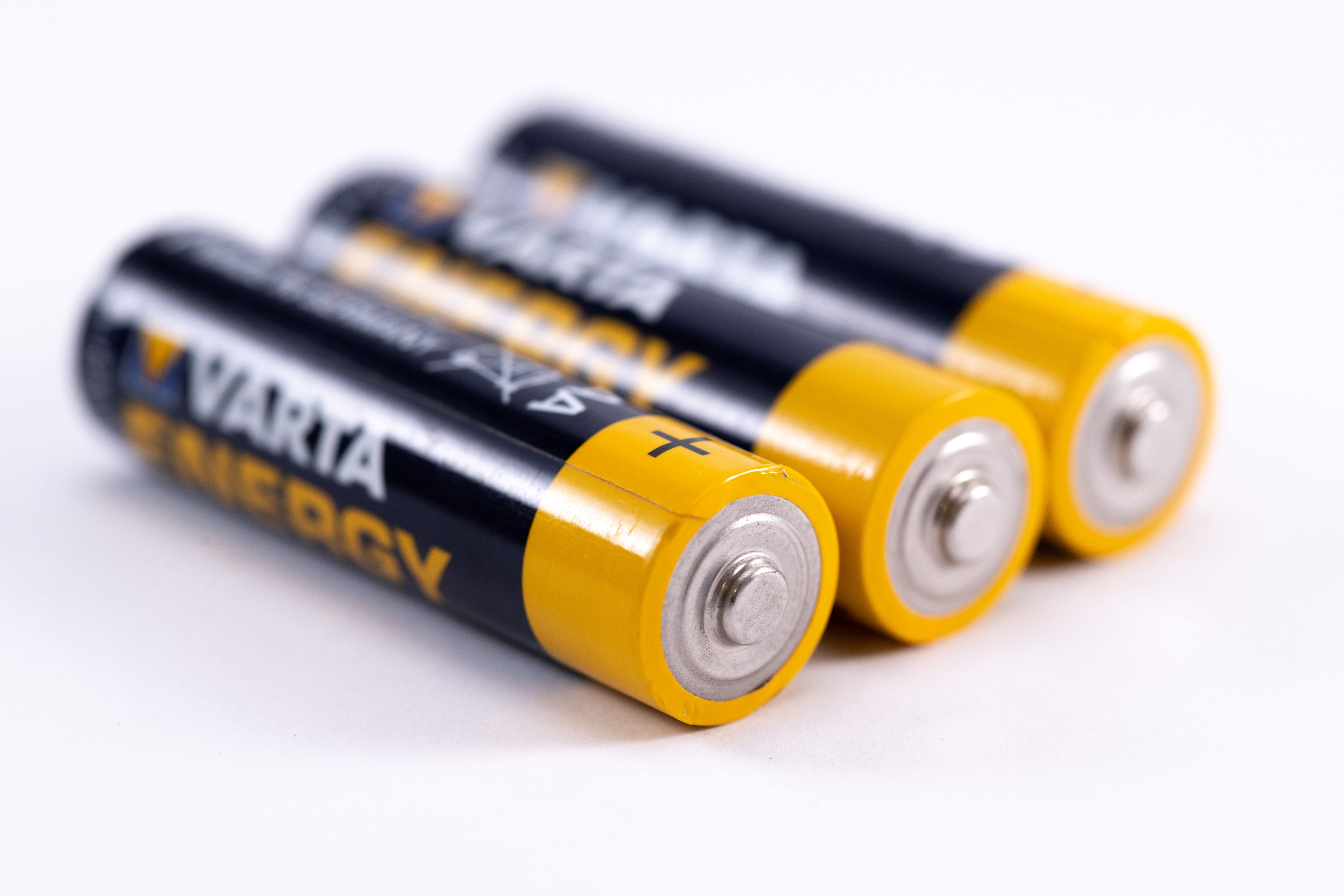


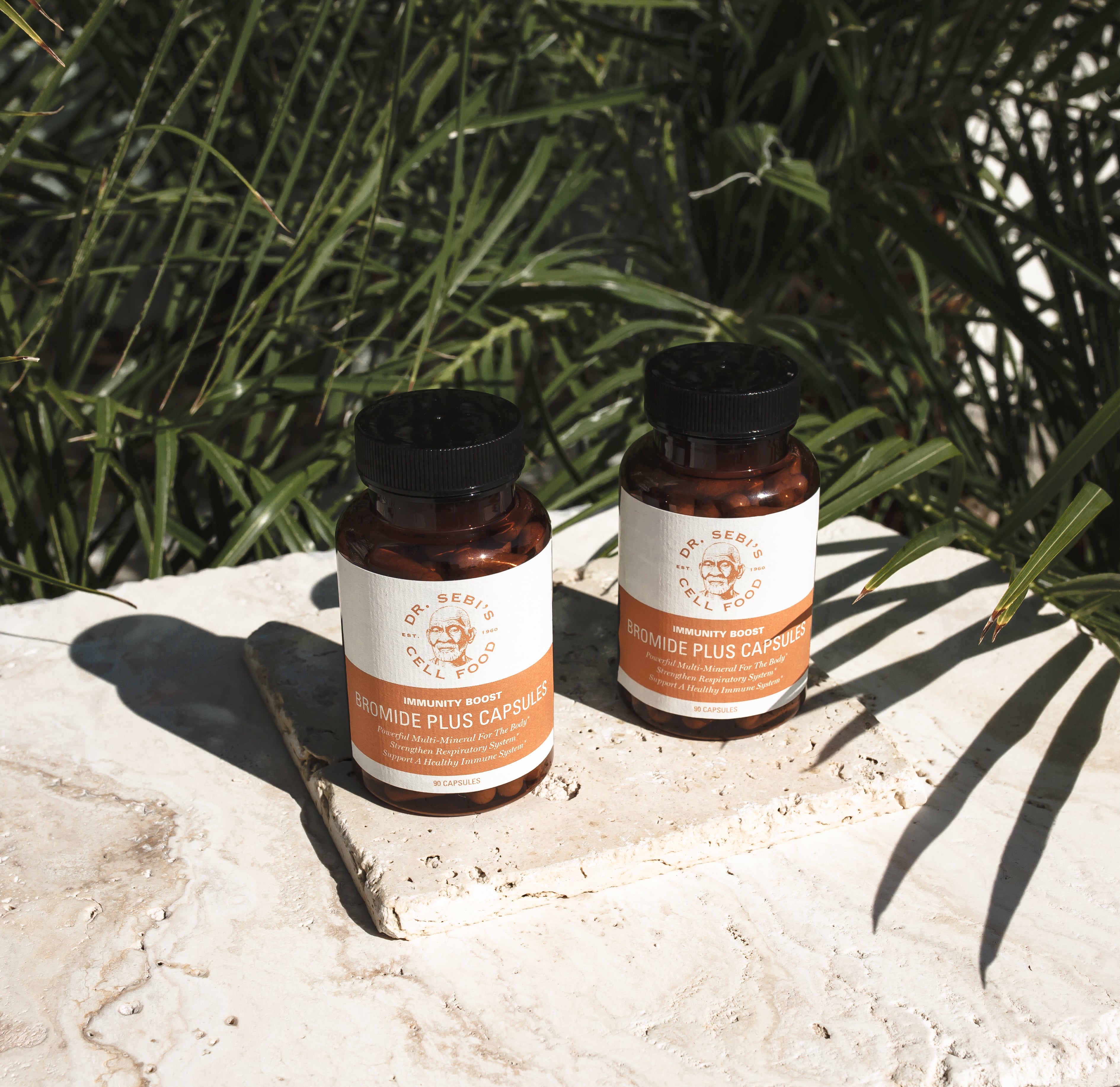

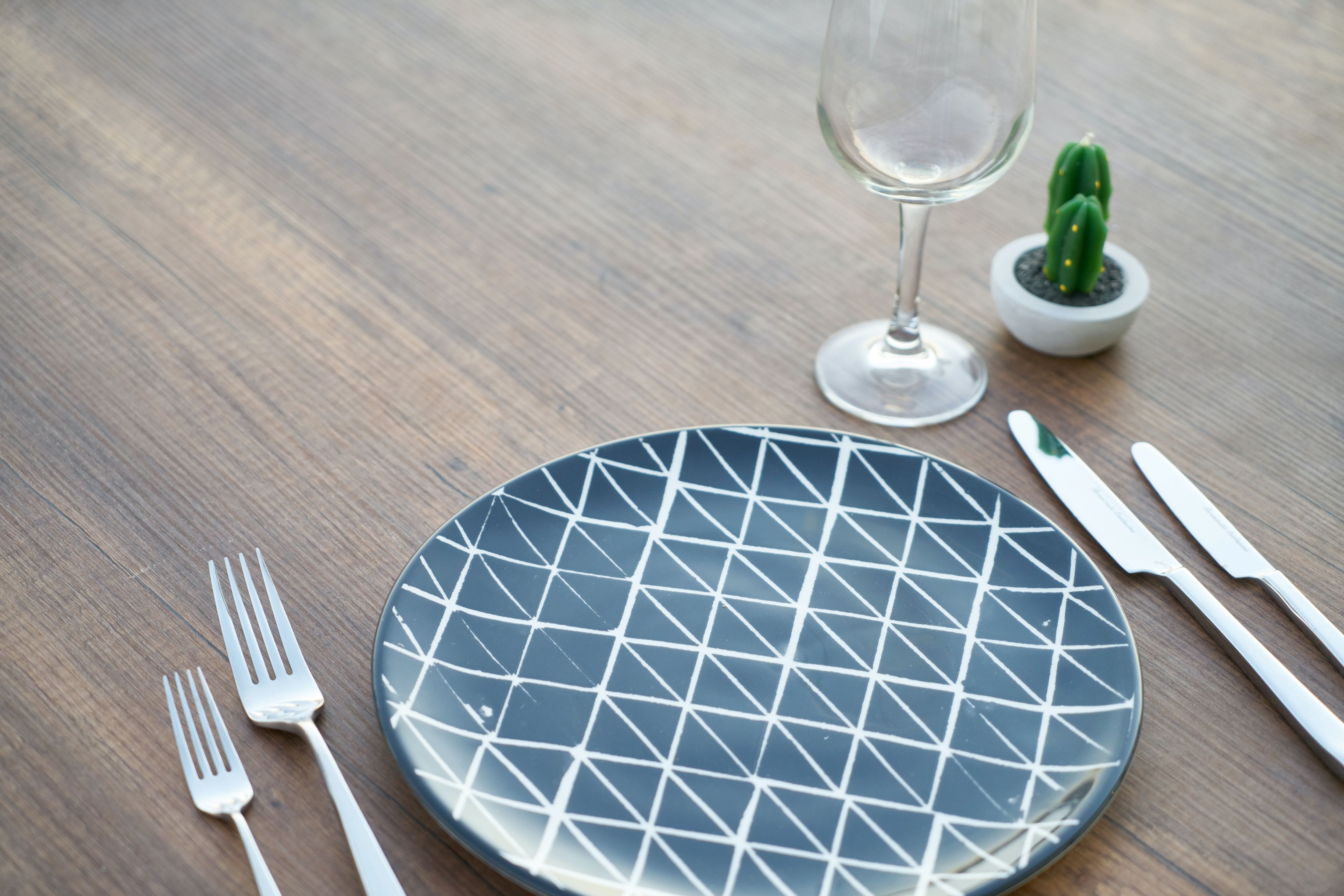


1 comment